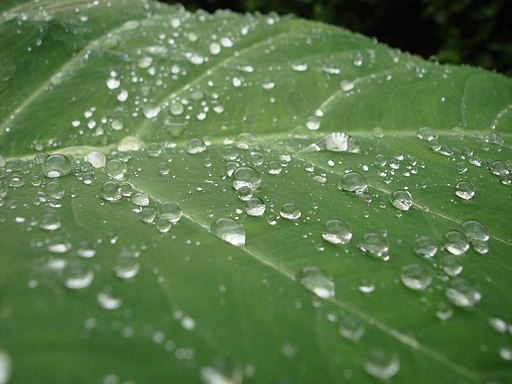Over the last few weeks, I’ve been writing about formulated products, how formulated products have climate impact, and what sorts of skills are needed to reformulate to make them more sustainable. In the coming weeks, I’m going to give some examples of how changing a product to adapt to or mitigate climate change also requires changing the formulation. This turns out to be a complex process. Here’s the first example: reformulating fertilizers and pesticides for drone delivery.
Using drones to deliver agrochemicals
Around the world, farmers are using drones to spray fertilisers and pesticides on crops rather than using tractors or planes. Drones have loads of advantages over using tractors or planes to spray crops. Tractors are heavy and compact the soil under the weight of the machinery. This damages the soil, leads to CO2 and NO2 emissions and reduces crop yield. Drones and planes avoid this, but drones are more precise than planes. Drones can cover ground more quickly than either tractors or planes, and can fly in areas that are difficult or dangerous for tractors or planes to access. Because drones are so light, they consume less energy to move than tractor or planes. Drones can even be powered by renewable electricity, so farmers can avoid using fossil fuels.

But drones have one big drawback: they cannot carry much weight compared to tractors or planes. Their payload is much lower, up to a maximum of 40L at present. Most of the weight of a fertilizer or pesticide solution is the water that is used as a carrier medium. So it makes sense to increase the concentration of the agrochemical as much as possible, so as to allow a drone to treat a big area in one flight.
Reformulating to control droplet size in drone delivery
So you just use less water to dilute the active ingredient, right? It’s not that simple.
Spraying a more concentrated product means delivering more agrochemical in fewer drops of spray. This means fewer drops of fertilizer or pesticide will reach each patch of soil or leaf. There will be bigger gaps between drops. The product will be more unevenly distributed across the plants or soil, more concentrated in some areas and absent in others. Bigger gaps between agrochemical droplets are very likely to change the effectiveness of the treatment on the soil or crop.
Even within the tiny area on the leaf or soil where the droplet lands, there can be an uneven distribution of product: this is called the coffee ring effect. There is some serious physics behind understanding why this happens…
One way to get round this is reformulating the fertilizer or pesticide for drone delivery. These already typically contain a wetting agent. This is a surfactant which is added to the formulation to change how the drops interact with leaf surfaces or soil particles. It makes the droplet attach to the surface and spread out, getting into better contact with the ecosystem. A different wetting agent may be needed, or a different quantity of it.

Reformulating to control spray drift in drone delivery
Farmers already control the size of the droplets in agrochemical sprays very carefully to prevent drift. Drift is where the agrochemical droplets blow away from the crops and are wasted and polluting. Generally, the bigger the droplets, the less the drift.
Drones are lifted by helicopter rotors. These generate considerable wind currents, which are different from the air currents formed around a tractor or plane. So the spray system of a drone needs to designed to generate drops which drift as little as possible in the particular air currents the drone will generate.
One way to do this is to change the shape of the sprayer nozzle. Another way is to change the formulation of the fertiliser or pesticide. This could include a helper chemical, called an adjuvant, which changes the surface tension of the droplet, so as to change droplet size and how it interacts with the nozzle.
The process of reformulation
So agrochemical companies are reformulating their pesticides and fertilizers for drone delivery. I’ve described two different formulation ingredients which might need to be changed: a wetting agent and a spray adjuvant. Testing all the potential alternative formulations would be very laborious, as there are dozens to hundreds of options for each. Testing every possible combination of active ingredient + wetting agent + adjuvant, at all possible combinations of concentrations, would be expensive in both time and money. And that’s before we also consider that an agrochemical may contain additional ingredients, such as antifoam, antifreeze, stabilisers…
This is where a well-trained formulations chemist is necessary. Understanding the molecular nature of each of these ingredients is a good way of reducing the potential range of options to test. New ways to do computer modelling of chemical interactions of complex mixtures would also help. This could effectively allow digital versions of a lot of options to be tested, then a smaller range to be tested experimentally. Using robotic high-throughput experimental facilities, such as Imperial’s ATLAS, to carry out a large number of experiments quickly and accurately could also help. And then finally a small group of the best options could be tested at field scale to pick the best.
Listen to our podcast on how climate proofing formulations